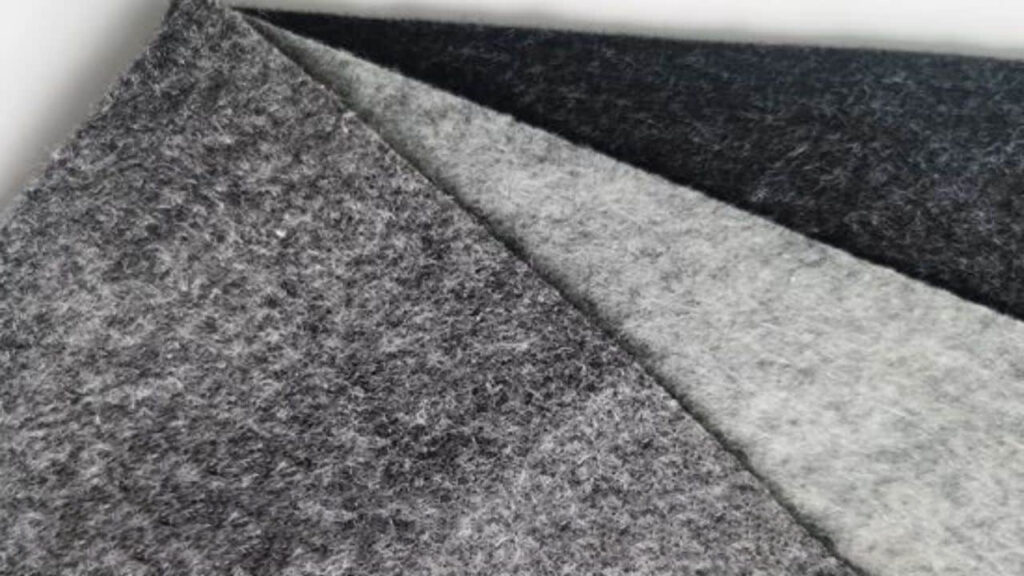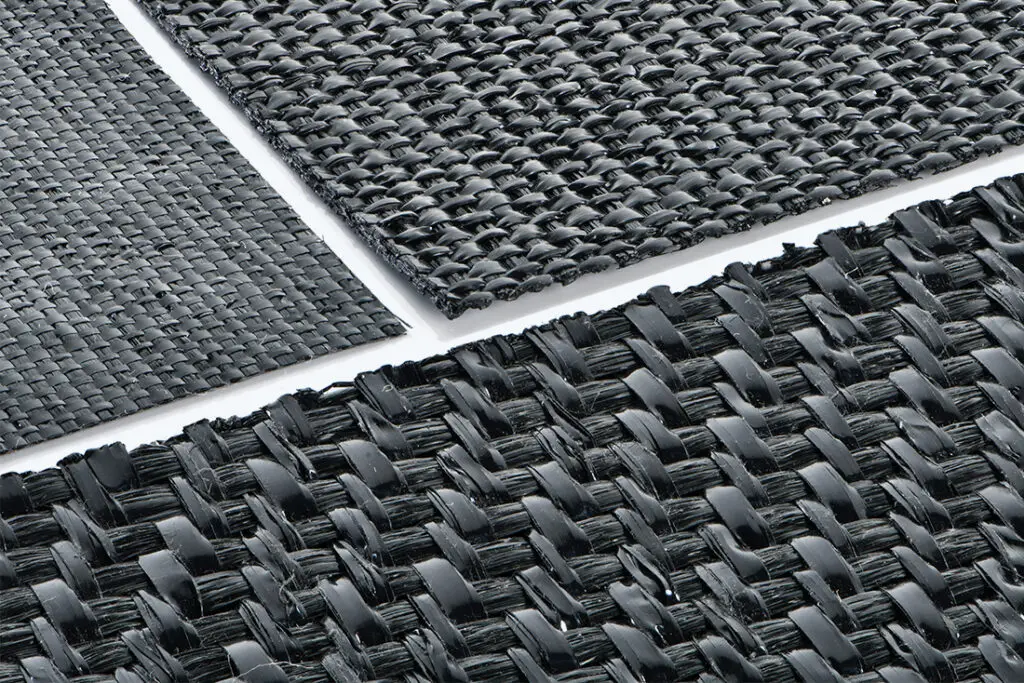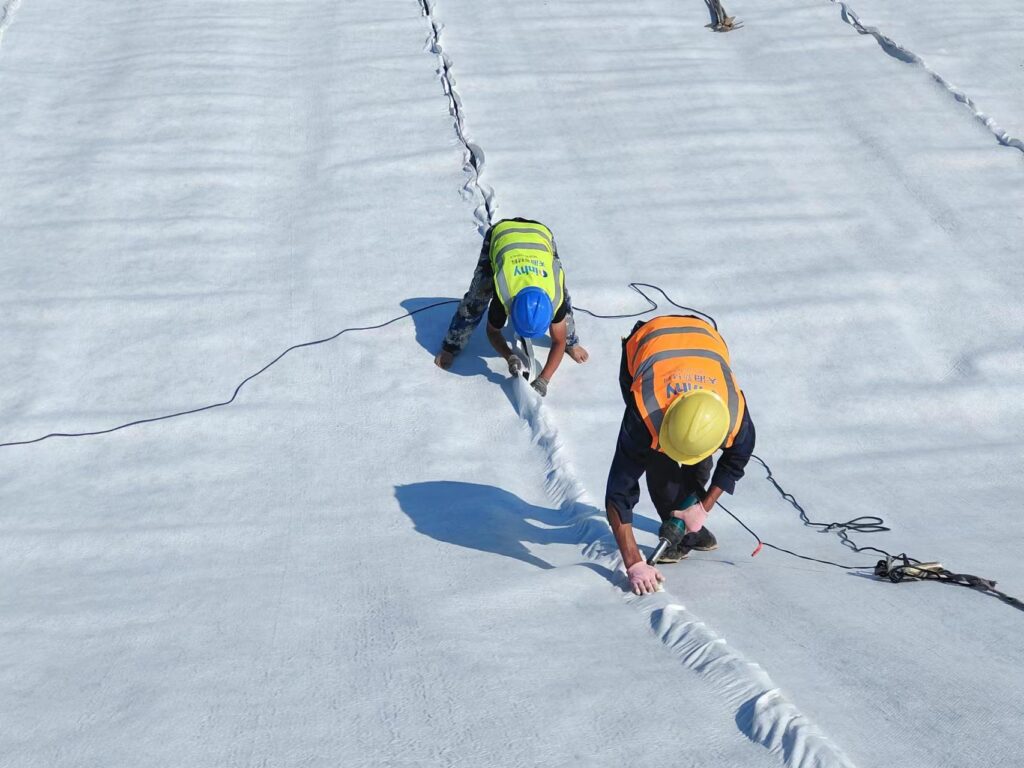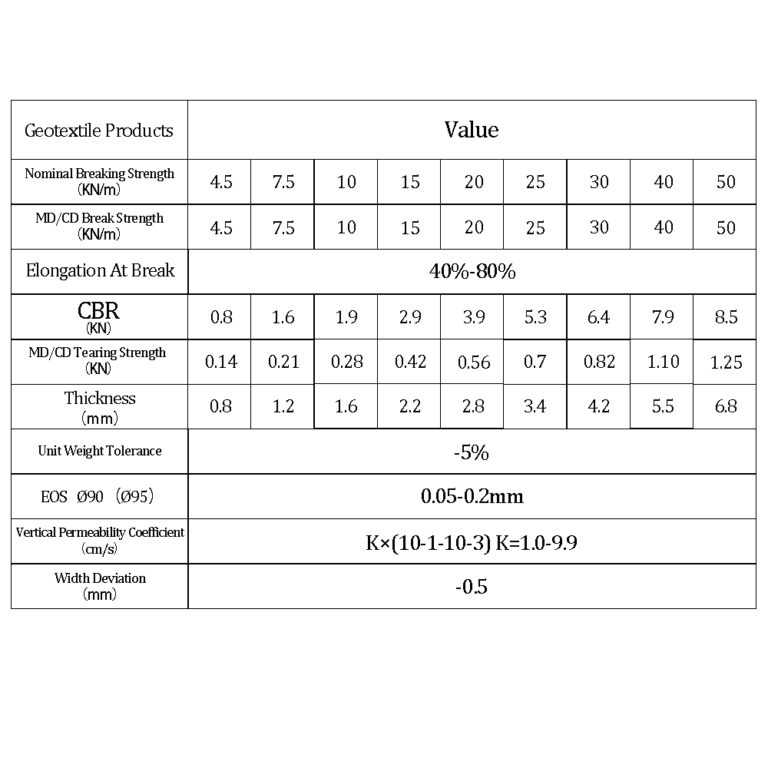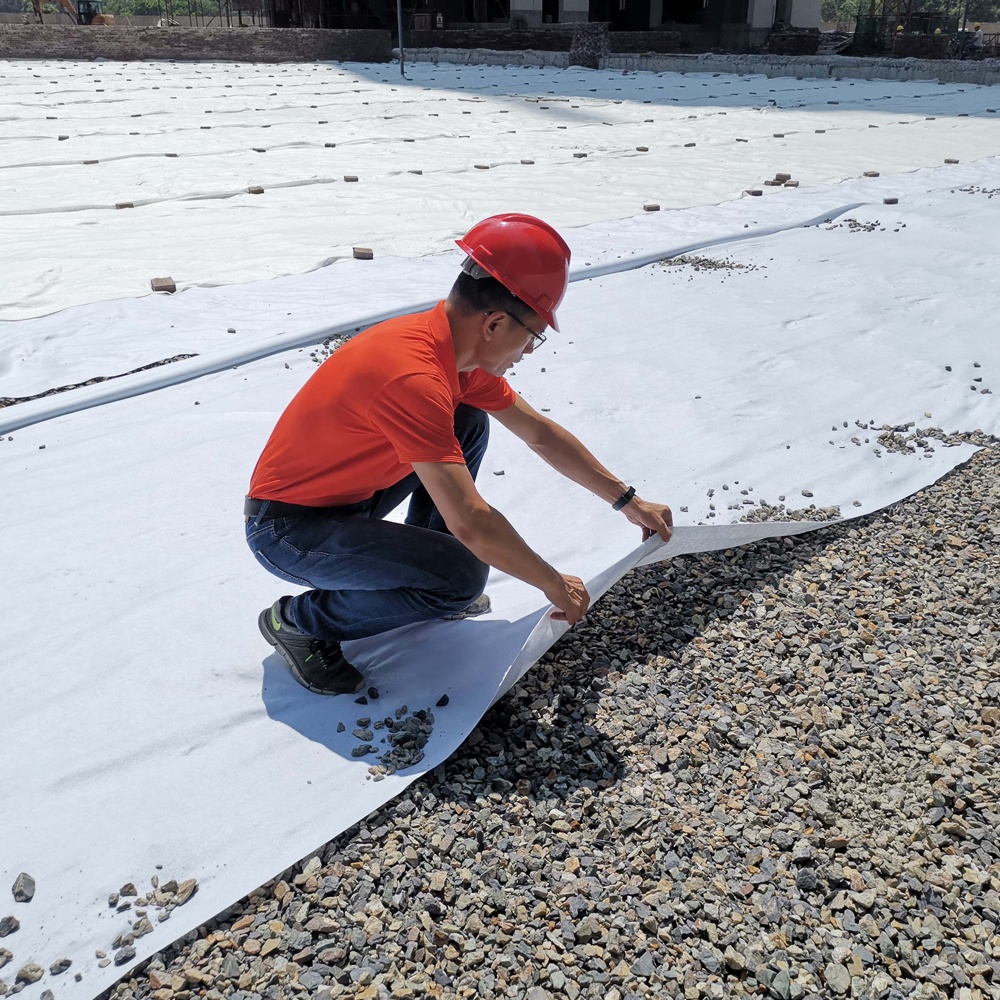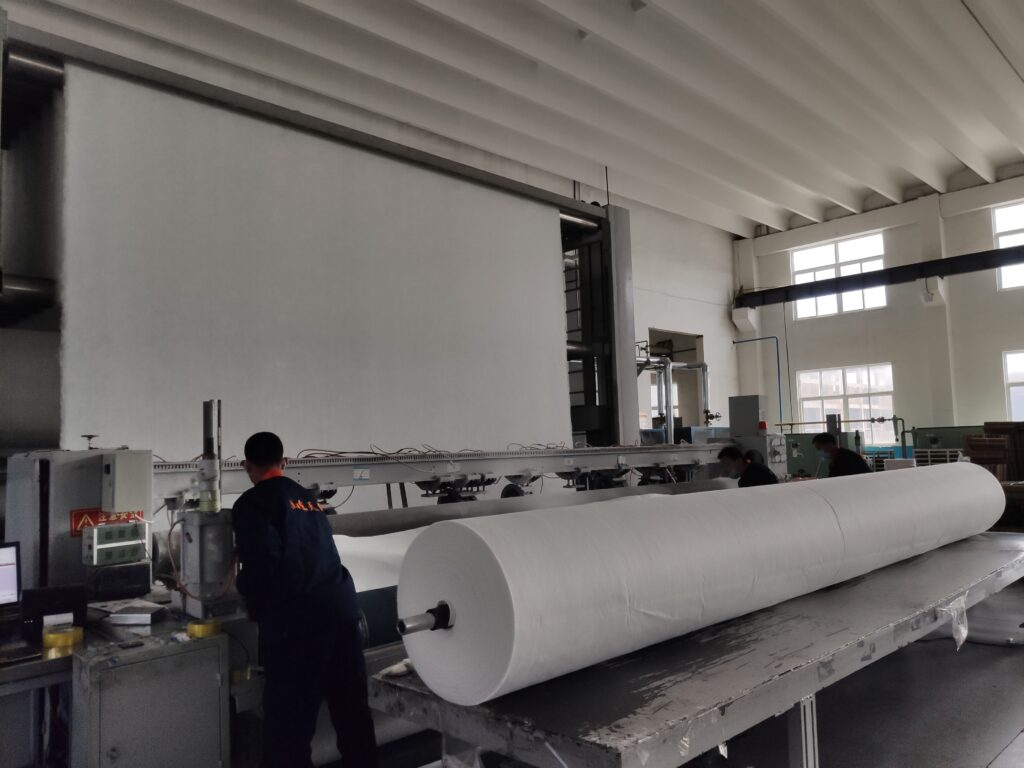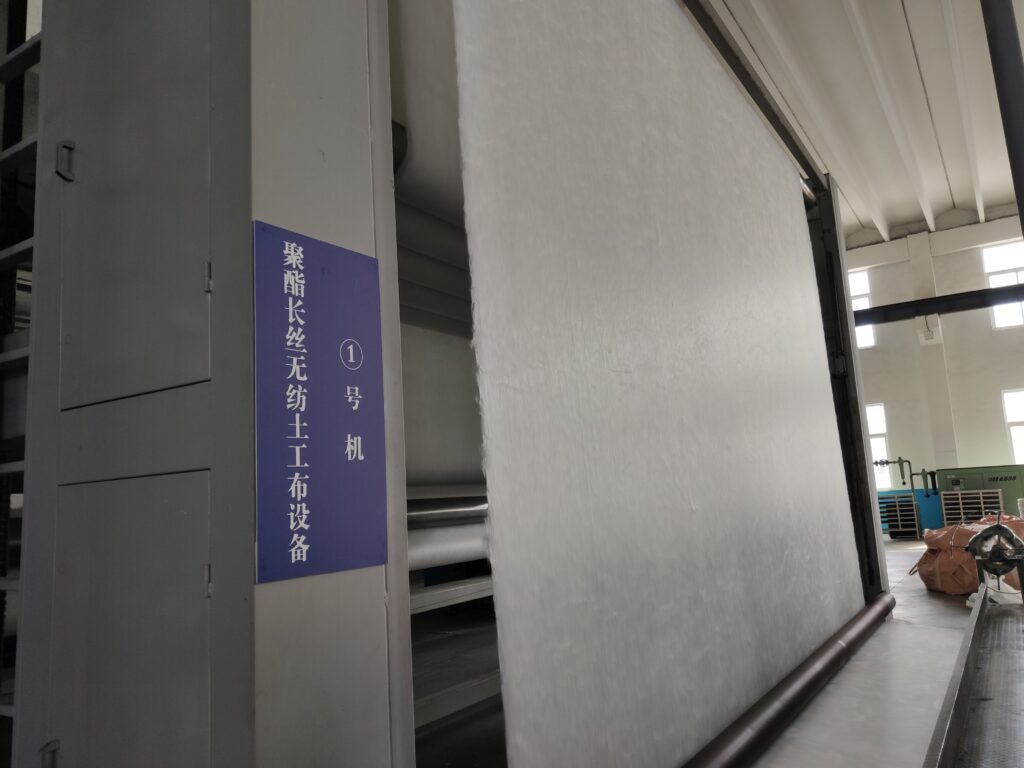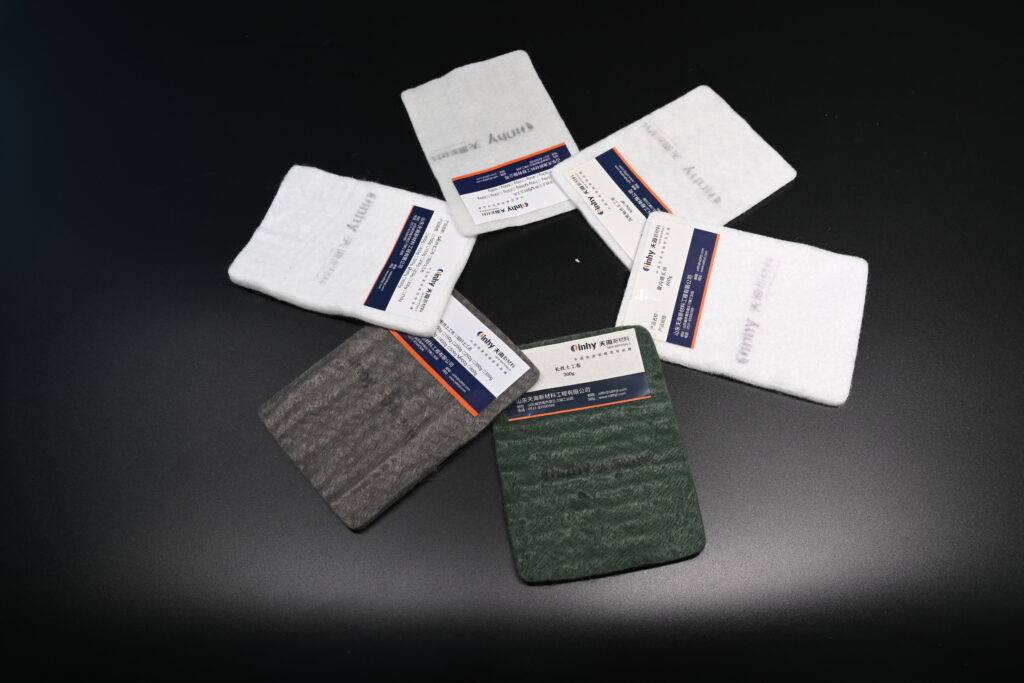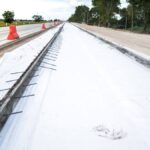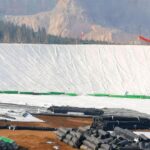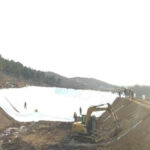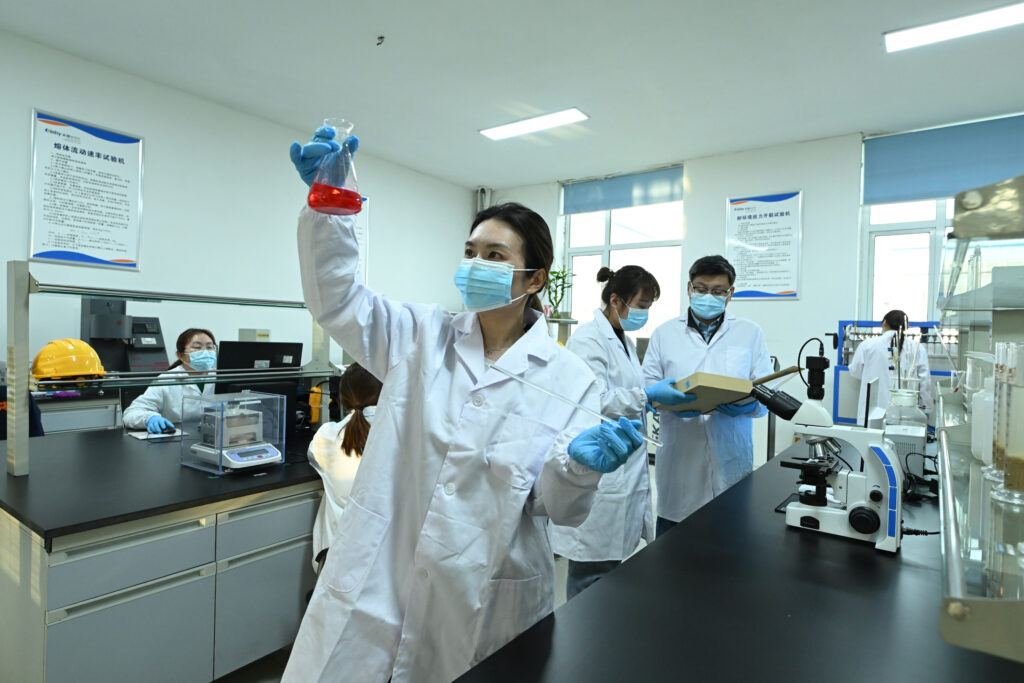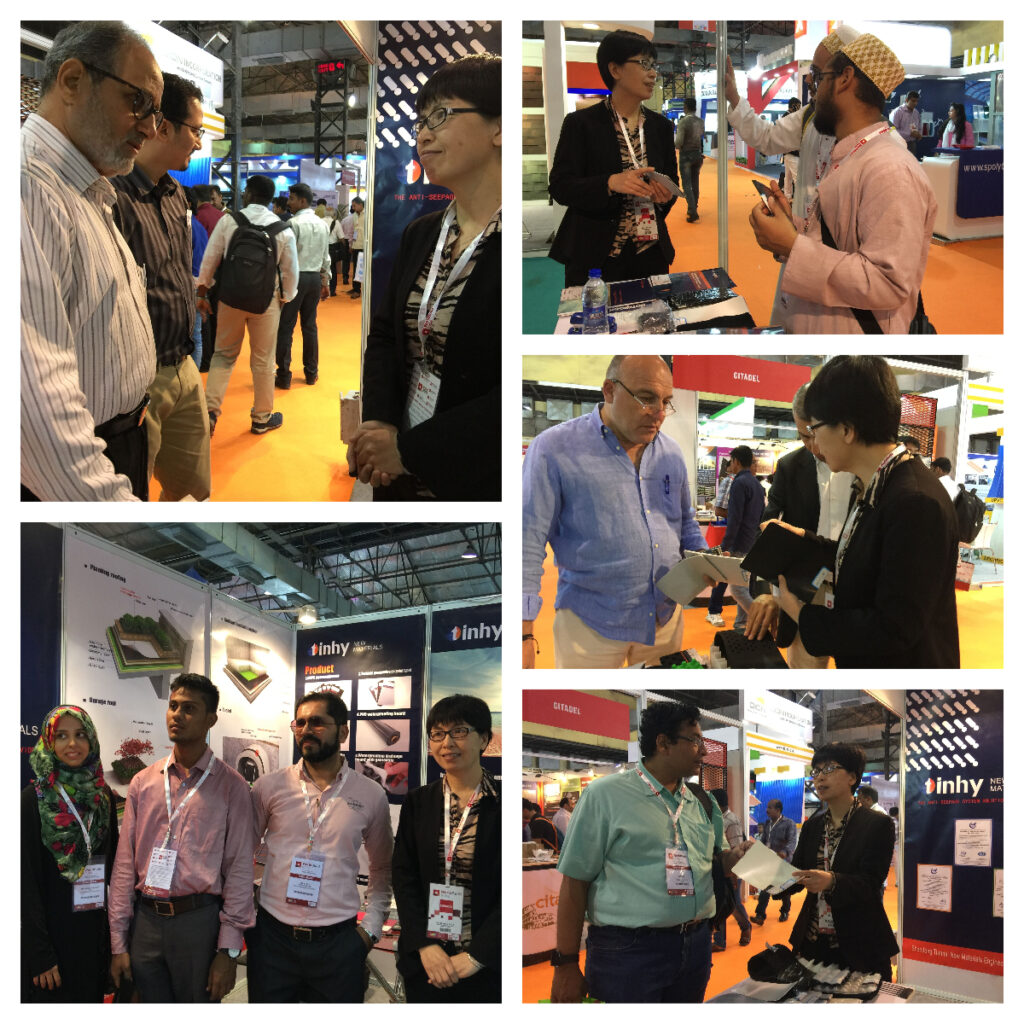What is geotextile?
Geotextile is an engineering material, usually made of synthetic fibers such as polypropylene or polyester, which is made into cloth-like materials through processes such as needle punching, hot melting, weaving or embossing. It is widely used in civil engineering, environmental engineering and agricultural fields and has a variety of functions and uses.
It is mainly used as a material for soil reinforcement, filtration, isolation, protection, etc. Its main features include:
Reinforce soil: Geotextiles can be used to reinforce the soil structure and enhance the tensile strength and stability of the soil. It is often used in the construction of soil reinforcement layers in roads, railways, dams and other projects.
Filtration function: Geotextile acts as a filter layer, which can prevent the loss of soil particles while allowing water and liquid to pass through to maintain soil stability. Plays an important role in drainage systems, soil protection and soil erosion prevention.
Isolation: Geotextiles can be used as isolation layers between layers to prevent mixing or cross-penetration between different soil layers and maintain the stability of the soil layers.
Protection and covering: In landscaping, agricultural covering, water conservancy projects, etc., geotextiles are often used to cover and protect planting soil, maintain soil moisture, and prevent soil erosion.
Environmental protection: In environmental engineering, geotextiles are also used to deal with soil pollution, anti-seepage layers in landfills, ecological restoration of rivers and lakes, etc.
Geotextiles usually have different specifications and characteristics based on their material, density, thickness and processing methods to meet the needs of various projects. Selection of the appropriate type and specification of geotextile is determined based on specific project requirements and site conditions.
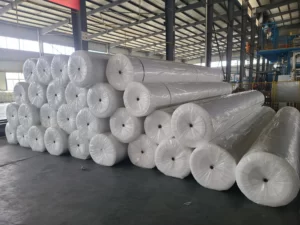
What is the function of geotextile?
Geotextiles play a variety of important roles in engineering, mainly depending on their characteristics and how they are used in engineering. The following are some of the main functions of geotextiles:
Reinforce soil: Geotextiles can be used to reinforce soil and improve its tensile strength and stability. This is particularly important in roads, railways, embankments and other civil engineering projects to slow or prevent soil settlement and erosion.
Filtration: Geotextiles act as a filtration layer, preventing the loss of soil particles while allowing moisture and other liquids to pass through. This is critical to maintaining soil stability, preventing soil erosion and filtering particulate matter from water flows.
Isolation: Geotextiles can be used as isolation layers between layers to prevent mixing or cross-penetration between different soil layers. This helps maintain the independence of different soil masses and prevents mutual penetration between structural layers such as concrete and rock soil.
Protection: In landscaping, agricultural coverage, water conservancy projects and other fields, geotextiles can be used to cover and protect planting soil, prevent soil erosion, maintain soil moisture, and improve the plant growth environment.
Environmental protection: Geotextiles play an important role in environmental engineering, such as as an anti-seepage layer in landfills, and used to control water flow and soil erosion in ecological restoration projects for rivers and lakes.
Drainage system: Geotextile can be used to construct a drainage system. Through its water permeability characteristics, it promotes the rapid drainage of water and prevents water from being retained in the soil, thus improving the stability of the foundation.
Soil erosion prevention: In areas prone to erosion, geotextiles can be used to prevent soil erosion from water flow, protect vegetation and maintain surface stability.
Generally speaking, the role of geotextiles in engineering covers many aspects such as soil stability, water resources management, and environmental protection. It provides reliable solutions for engineering through its multifunctional characteristics.
What are the types of geotextiles?
Geotextiles can be divided into many different types according to different materials, preparation processes and application requirements. Here are some common types of geotextiles:
Nonwoven Geotextile: Nonwoven geotextile is made of short fibers or filaments through processes such as needle punching, hot melting or bonding, and has no obvious woven structure. It is usually used for filtration, isolation and reinforcement and is a common multi-functional geotextile.
Woven Geotextile: Woven geotextile is woven from synthetic fibers such as polypropylene or polyester. It is generally stronger than nonwoven geotextiles and is suitable for projects requiring greater strength and durability, such as soil reinforcement, protection and filtration.
Composite geotextile: Composite geotextile is a combination of different types of geotechnical materials (such as non-woven geotextiles, membrane materials, etc.) through lamination or hot melting to give full play to the advantages of various materials. This kind of geotextile is often used in projects that resist complex environmental conditions, such as anti-seepage and protection.
Three-dimensional Geotextile: Three-dimensional geotextile is a geotechnical material with a three-dimensional structure. Its shape and structure form a support network in the soil, which is used to reinforce the soil, prevent erosion, etc.
Geogrid cloth (Geogrid): Geogrid cloth is a geomaterial with an open structure, usually made of polymer or fiberglass. It is mainly used for soil reinforcement, protection and isolation, and provides structural support for the soil.
Geocell: Geocell is a three-dimensional grid structure made of high-density polyethylene or polypropylene that can be used for soil reinforcement and protection. It is rigid, lightweight and easy to install.
Waterproof geotextile: Waterproof geotextile is usually made of polyethylene (PE) or polyvinyl chloride (PVC) and other materials, and is used in waterproofing projects, such as water conservancy channels, pool anti-seepage, etc.
-
Founded in 2002, Tinhy’s team focuses on the manufacturing, marketing, installation, application and research and development of geosynthetic materials.
View all posts
